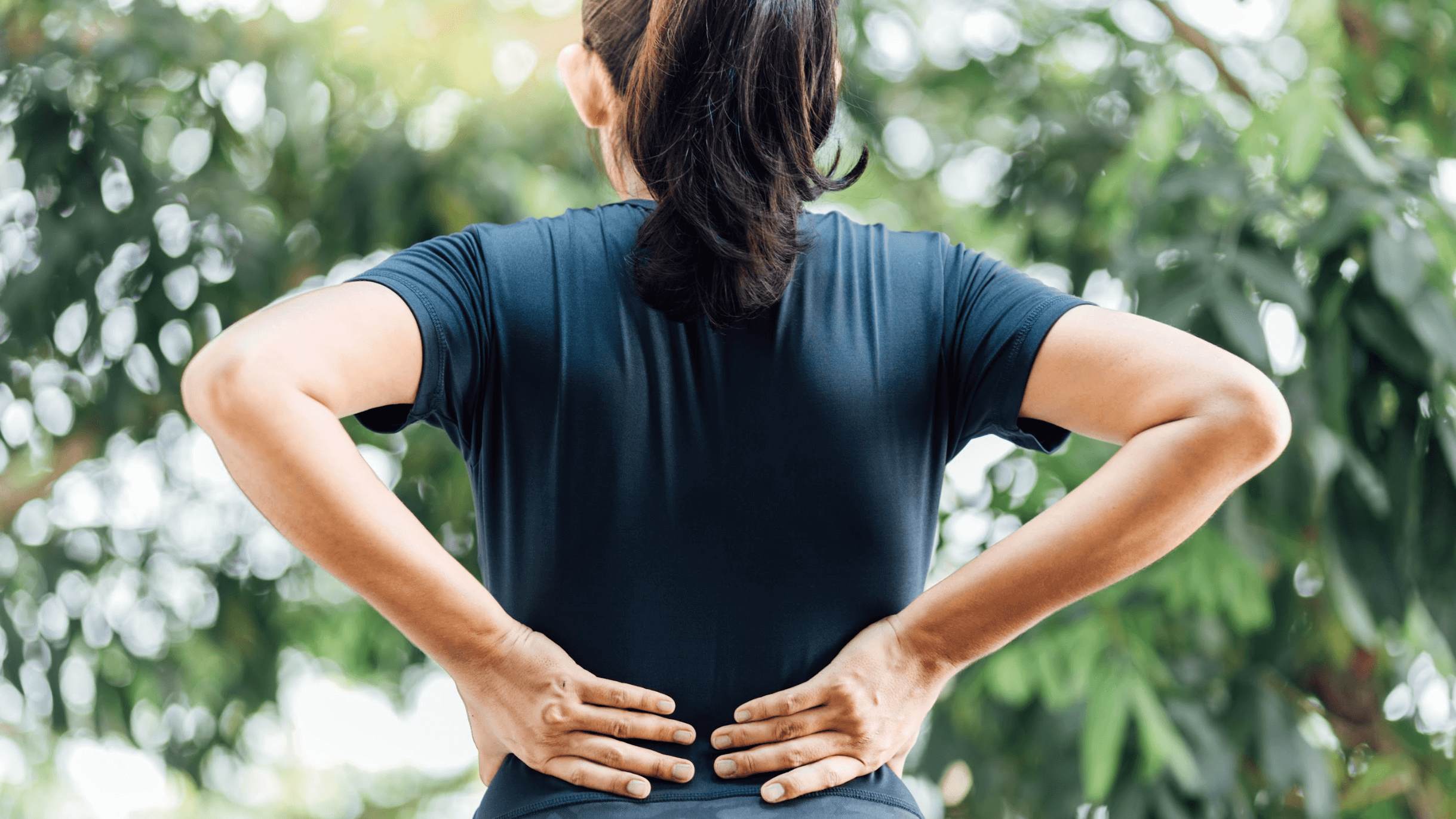Strains, Sprains, and Lower Back Pain: How to Tell the Difference and Get Relief
&srotate=0)
Are you struggling with lower back pain but unsure if it's a strain or a sprain? You're not alone. Many patients visiting healthcare providers across the United States often face this confusion. Understanding the difference can significantly impact your recovery journey. Let's dive into the specifics of strains, sprains, and lower back pain to help you find relief with Dr. Matthew Kohler at Ospina Medical in New York, NY.
What makes strains and sprains different?
Both strains and sprains impact the lumbar back region, but they affect different parts of it. Here’s how they differ:
- Strains:
- Affect muscles or tendons
- Caused by overstretching or overusing the muscles
- Common in heavy lifting or sudden movements
- Symptoms include pain, muscle spasms, and weakness
- Sprains:
- Impact ligaments connecting facet joints
- Result from sudden twists or impacts
- Symptoms include sharp pain, swelling, and reduced motion
How can you identify the symptoms?
Recognizing the symptoms of strains and sprains is crucial for proper treatment at Ospina Medical. Here are key symptoms for each:
- Strain symptoms:
- Pain and tenderness in the back
- Muscle spasms or weakness
- Possible bruising or swelling
- Sprain symptoms:
- Sharp, localized pain
- Swelling and bruising around the affected area
- Difficulty moving or using the affected part of the back
Why is lower back pain common?
Lower back pain is a prevalent complaint in healthcare, especially among adults. Various factors contribute to this, including poor posture, sedentary lifestyle, age-related wear and tear, and accidents. Both sprains and strains can lead to lower back pain, making it essential to understand their differences for effective treatment.
What are the best treatment options?
The treatment for back strains and sprains involves rest, ice, compression, and elevation (RICE). Over-the-counter pain relievers can also help manage pain and inflammation. For strains, gentle stretching and strengthening exercises can be beneficial once the acute pain subsides. Sprains, however, may require a period of immobilization to allow the ligaments to heal properly. In both cases, it's essential to gradually return to normal activities. Avoiding activities that triggered the injury and maintaining good posture can prevent future occurrences. If the pain persists or worsens, it's crucial to consult healthcare providers like Dr. Kohler for a thorough evaluation and treatment plan.
When should you seek professional help at Ospina Medical?
If you experience severe pain, loss of function, or symptoms that don't improve with home care, it's time to seek professional help. Located in New York City, Dr. Matthew Kohler offers a range of treatments, from steroid injections to super concentrated platelet (SCP) therapy, to help you find relief and prevent future injuries. By recognizing the symptoms and seeking appropriate care, you can ensure a swift recovery and return to your daily activities. Contact Ospina Medical today and let us help you navigate through these common but manageable back issues.
Medically Reviewed by Matthew Kohler, MD